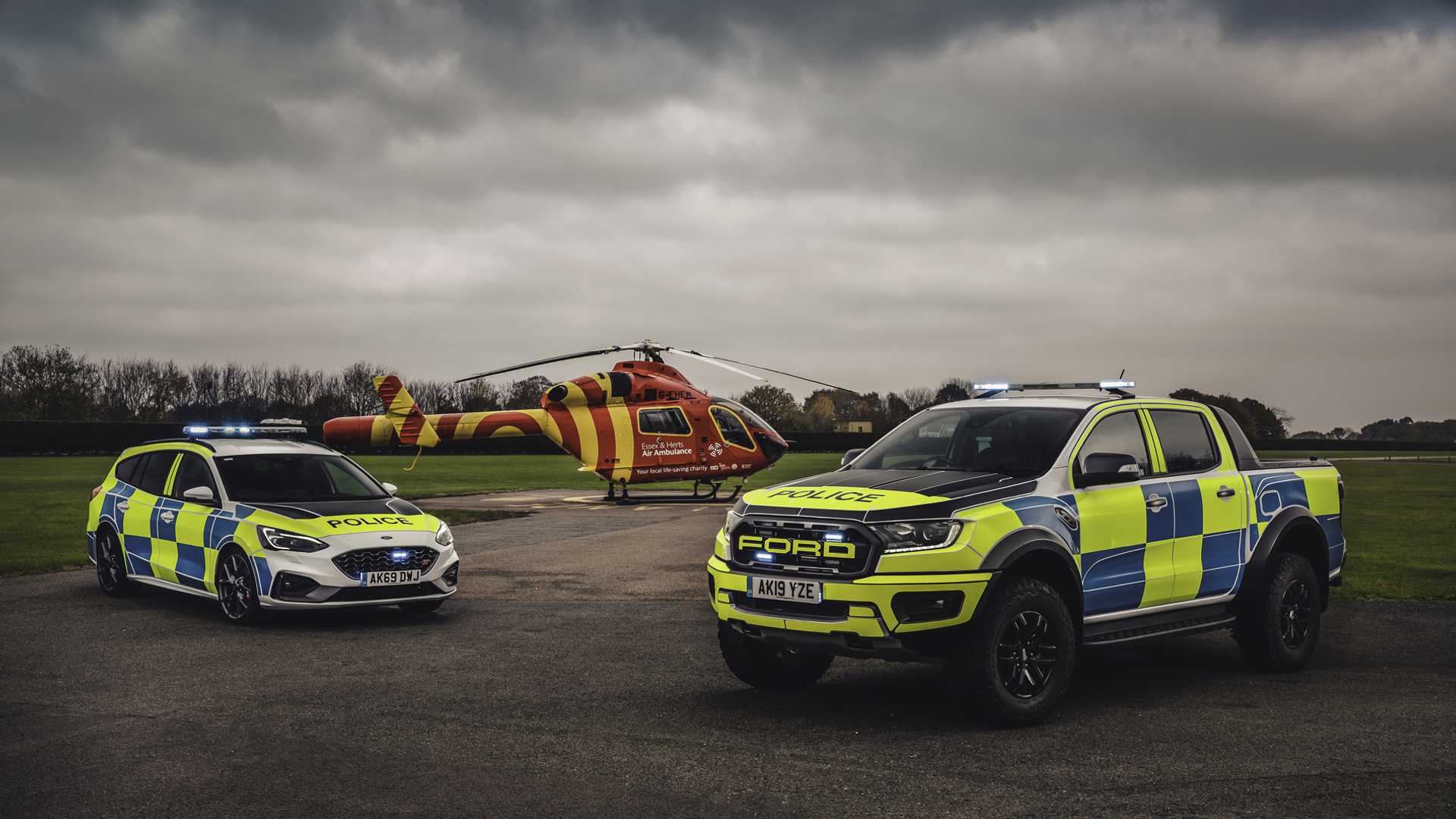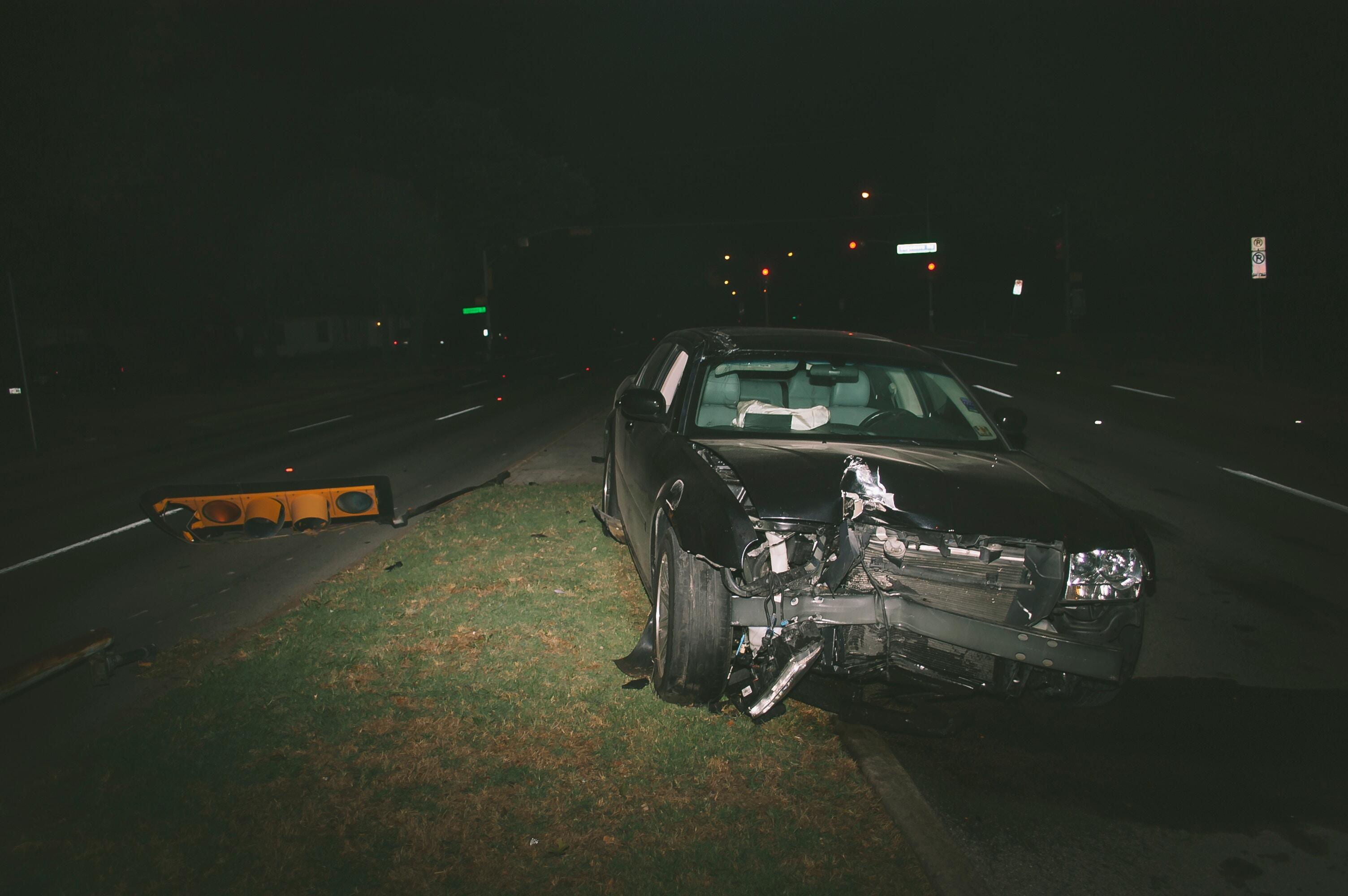
A 1967 Chevrolet Chevy II Nova, a custom-built V8 vehicle that is very representative of the era of custom cars, is this. You can take a closer look at this car to learn about it. Call us today to schedule a test drive. Here are some interesting facts about the car.
1967 Chevrolet Chevy II Nova
The Chevrolet II/Nova was made over five generations between 1962 and 1988. The 1967 model was the final year of the second generation. It was also the subject of a major restoration in 2012. This is a classic retro muscle car. Power comes from a GM 6.0L LS-2 crate engine rated at 400 horsepower, with a mild performance cam and tube headers. The rear wheels are provided with torque via a 6-speed Tremec Manual Transmission. This is done using a GM positraction differential that has an 8.5 inch ring. This car is great for driving thanks to the HD axles and the 4.10:1 gearing ratio.

5.3L (327 cid) V8
Chevrolet offered four power ratings for its 2.3L 327ci small block engine in 1962. The base model produced 250 horsepower at 4,400 rpm. It also produced 350 lb.ft. of torque @ 2,800 rpm. The next rung produced 300 hp at 5,500 rpm. Performance-minded buyers were attracted to the small block's high horsepower. This small-block engine was also 100 pounds lighter than the big-block Chevys. Hot-rodders gave it the nickname "Mighty Mouse".
111-inch wheelbase
The 1968 Chevrolet Nova received a complete redesign to include a longer wheelbase (111 inches) and wider stance. This compact car was sporty with a long hood and short deck. The body style was semi-fastback. Chevrolet sold it as a two-door sedan, convertible, and wagon. The Chevy II-Nova was the name of the car and was also known as the "Camaro sedan".
Super Sport (SS) package
1968 Chevrolet Nova SS is a performance-oriented car that was offered with a SuperSport package. This package featured an SS badge and simulated hood air intakes. It also included a black-accented tail and grille. The base model had a 295-horsepower 350-cuin V8 engine and heavy duty suspension. The SS version, a higher-performance Nova model, was equipped with a big-block engine rated to 375-bhp at 5600 rpm, and 415-lbft of torque at 3600 rpm.

Factory-fitted camping gear
The Chevy Nova Spirit of America edition features patriotic colors, special emblems, and other options. This includes a factory-fitted camping shelter. Protect-O-Plate, period-correct vintage camping gear, and more are included in the car. This is a fantastic way to show America your pride. These vehicles have become collector's items. They make great gifts and are great for everyone!
FAQ
What are the qualifications for an automotive technician
You must have high school, or GED, and be able to read and write well in English and math. It is also necessary to be able both to read and to write. To be allowed to work, you must pass a written and practical test.
How can I prepare myself for a mechanic apprenticeship
It is important to have an understanding of what you are going into. You need to understand the mechanics of cars and how they work. This way, you know where to start when you go on your first day at the garage.
You also need to know how to fix simple problems such as broken lights, tires, etc.
This should help you learn how to diagnose issues and repair them yourself.
It is also important to know how the different pieces fit together in order to put them together again.
Finally, it is important to know how tools can be used safely and efficiently.
These things will enable you to be a competent mechanic.
What is the best way to learn about car mechanics
For an auto mechanic job, you don’t have to be an expert in cars. All you need to know is how to fix things. This is why most people get started with simple jobs such as changing brake pads or tires. Then they move on to more difficult repairs.
You'll need the ability to read and understand diagrams and to follow simple rules of good practise. You will also need to understand how parts should be replaced or repaired.
It is important that you have proper training and guidance before you attempt to repair vehicles. This is especially true for expensive components, such as transmissions and engines.
Although you won't have to know much about automobiles, you must be familiar with the basics of mechanical engineering as well as physics. This means understanding the principles behind how engines work and how brakes function.
It's also worth noting that you'll need to be prepared to deal with all sorts of situations. One example is when you could be working on a vehicle involved in a serious crash. You'll also need experience dealing with breakdowns and accidents.
You must also be willing to learn quickly. In order to be able diagnose and fix problems, you will also need to know how to do simple maintenance tasks such tightening bolts.
What qualifications is required to become an mechanic?
A series of tests is required to be a mechanic. These exams include:
-
A general knowledge test
-
A practical exam
-
An apprenticeship test
These tests are designed to ensure that you understand the basic concepts of mechanical engineering and physics before you start working as a mechanic.
You'll be eligible for work as a mechanic after you have passed the tests. But, you will still need an apprenticeship. This will involve trade training.
To be able to repair vehicles, you'll need classes or workshops. It will be necessary to work alongside experienced mechanics.
A mechanic must be highly focused and attentive to detail in order to succeed. You will need to pay careful attention to every aspect when repairing vehicles.
You'll need patience and persistence to become a successful mechanic. If you don’t love to follow instructions, this may not the right career path.
You could make a great career out of your love for cars and the work that goes into fixing them.
What can I do to fix my car as an hobby?
It's a great hobby to take on if you are passionate about cars. You can repair them, buy their parts, sell them, or just have fun with them. It's a fun hobby that you can do if it interests you.
It's not an easy task to make this a full-time job. It takes dedication and hardwork. You'll also need to invest a lot.
You might not have a compelling reason to get involved in the car industry.
What does it take for a mechanic to be a good one?
It takes years of practice and experience to become an expert mechanic. The best way to learn how to repair cars is by working under the supervision of a professional mechanic.
You will spend time in a workshop learning everything you can about cars. You will need to be familiar with mechanical engineering books about mechanics, car design, and other topics.
You will also need to go to auto school.
It's crucial to start as soon as possible. It doesn't matter if you're old or not to study automotive technology. You can get certified as a mechanic by getting started right away!
Statistics
- The U.S. Bureau of Labor Statistics (BLS) reports that the job outlook for automotive service technicians and mechanics is expected to decline by 4% from 2019 to 2029. (indeed.com)
- 52% of Mechanics in the United States think their salaries are enough for the cost of living in their area. (indeed.com)
- Apprentice mechanics earn significantly less hourly than mechanics who have completed training, with a median wage of approximately $14.50 an hour, according to PayScale. (jobhero.com)
External Links
How To
How to obtain a mechanic certificate
The mechanic's certifications can be used by people who wish to become professional automotive technicians. They cover all aspects of auto repairs including engine diagnostics. Electrical systems. Brakes, suspension. steering. Fuel injection. Air conditioning. Heating. Exhaust. Diagnostic tools. Body repairs. Collision damage repair. Paintless dent removal. Motor vehicle emissions testing.
The program consists of 12 hours of classroom instruction and three months of on-the-job training at a participating dealership. Students must complete a minimum of 60 clock hours of classroom study per semester and pass a written exam, including theory and practical questions. After completing the coursework, students can take the National Institute for Automotive Service Excellence’s (ASE) state examination. ASE certification is required for employment as an automotive service technician.